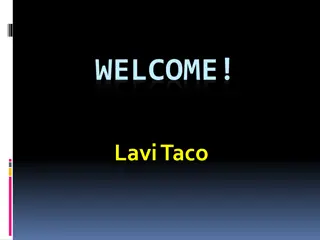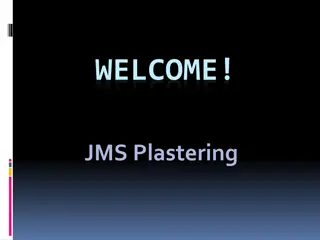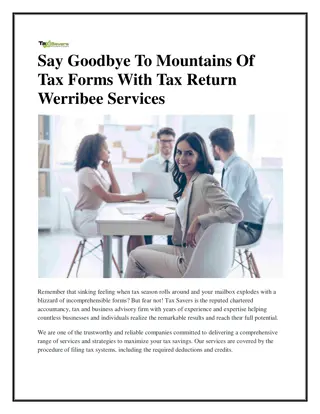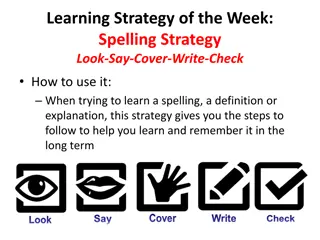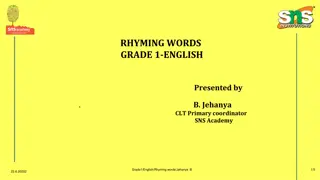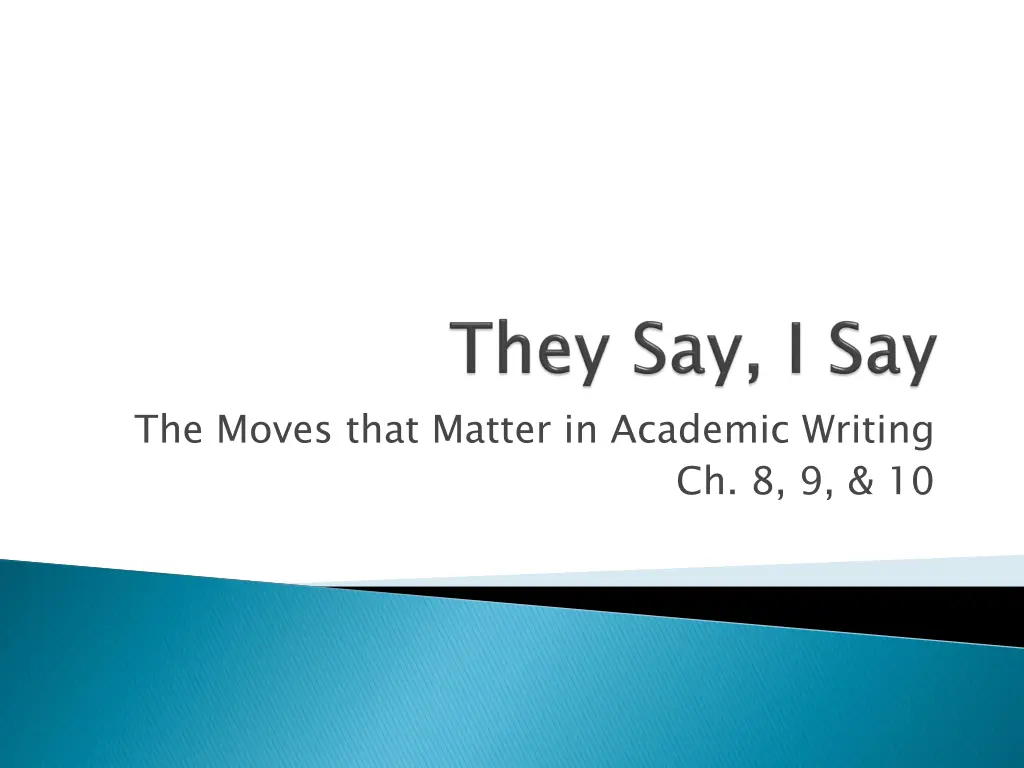
Mastering Academic Writing: Essential Connection Techniques
Learn how to improve your academic writing by mastering the art of connecting sentences effectively. Discover key strategies and practical tips to enhance the flow and coherence of your writing, making it more engaging and impactful. Take your writing to the next level with these essential connection techniques.
Download Presentation

Please find below an Image/Link to download the presentation.
The content on the website is provided AS IS for your information and personal use only. It may not be sold, licensed, or shared on other websites without obtaining consent from the author. If you encounter any issues during the download, it is possible that the publisher has removed the file from their server.
You are allowed to download the files provided on this website for personal or commercial use, subject to the condition that they are used lawfully. All files are the property of their respective owners.
The content on the website is provided AS IS for your information and personal use only. It may not be sold, licensed, or shared on other websites without obtaining consent from the author.
E N D
Presentation Transcript
The Moves that Matter in Academic Writing Ch. 8, 9, & 10
The authors give an example of a student, named Bill who had a particular sentence pattern. It read something like this Spot is a good dog. He has fleas. (105). They urged him to connect his sentences. They suggested to him the ideas of: Spot is a good dog, but he has fleas. Spot is good dog, even though he has fleas. (105) Bill never connected or took their advice
Bill failed to mark his connections, his writing was as frustrating to read (106). The authors notes that: Bill [never realized] that to write a good sentence he had to think about how it connected to those that came before and after; that he had to think hard about how that sentence fit into the sentences that surrounded it. (106)
This chapter aims to put into practice a do it yourself principle you must make the connections, not your readers. Putting principle into action: Using transition terms (like therefore and as a result ) 1. Adding pointing words (like this or such ) 1. Developing a set of key terms and phrases for each text you write 1. Repeating yourself, but with a difference a move that involves repeating what you ve said, but with enough variation to avoid redundant 2.
Addition: Also And Besides Furthermore In Addition In fact Moreover Indeed So too Example: After all As an illustration For example For instance Specifically To take a case in point Consider
Elaboration: Actually By extension In short Ultimately That is In other words To put it another way To put it succinctly To put it bluntly Comparison: Along the same lines In the same way Likewise Similarly
Contrast: Although But By contrast Conversely Regardless Despite Even though Nonetheless However In contrast Whereas Nevertheless On the contrary On the other hand While yet Cause and Effect: Accordingly As a result Consequently Hence Since So Then Therefore Thus
Concession: Admittedly Although it is true Granted Naturally Of course To be sure Conclusion: As a result Consequently Hence In conclusion In short In sum Therefore Thus To sum up To summarize
Should go unnoticed in your paper, if done right They can not only [help you] move from one sentence to another, but to combine two or more sentences into one (111). Combining helps to avoid the choppy, static sentences
Very literal in their meaning Most common: this, these, that, those, their, and such as well as simple pronouns such as: he, his, she, her, it, and their They refer back to something you have mentioned Need to be used carefully though make sure that you have identified, clearly, what the pronoun is referring to before using them
The authors provide this example as to how a pointing word can be ambiguous and unclear Alexis de Tocqueville was highly critical democratic societies, which he saw as tending toward mob rule. At the same time, he accorded democratic societies grudging respect. This is seen in Tocqueville s statement that Issue with what this is referring to here You can fix it by making sure that there is only one object that the pointing word can refer to How can you do that in the example above?
When making an argument, its good to make use of repeating the key terms that you wishing to make. A good example can be found in Martin Luther King Jr. s use of the key words: criticism, statement, answer, and correspondence in the opening paragraph of his Letter from Birmingham Jail
This means saying what you have already said, but in a slightly different way Think of it as building bridges between ideas You can do this by echoing what you ve just said while simultaneously moving your text into new territory (116).
You can repeat yourself in a different way by using transitions: Phrases like in other words and to put it another way --- these indicate to your readers that you are rewording something you have already said and aids in clarity Repetition --- it can help you move your paper along. It is a central means by which you can move from point A to point B in a text (118). Issues Repetition is key to making a point, but you want to avoid falling into the habit of getting trapped in a place where you repeat yourself and never make a point Solution The trick therefore is not to avoid repeating yourself but to repeat yourself in varied and interesting enough ways that you advance your argument without sounding tedious (118).
The authors open this chapter by asking the question: Have you ever gotten the impression that writing well in college means setting aside the kind of language you use in everyday conversation? (121). The answer is: it s a conversation. You do want to use academic and sophisticated words but it can be appropriate to use a turn of phrase or how you would talk with family and friends in your paper
One can write effective academic arguments while holding on to some of your own voice (121). This does mean that you should not fill your paper with any language you use around your friends, or fall back on colloquial usage as an excuse for not learning more rigorous forms of expression (122). The authors feel and suggest that --- [One use a] relaxed, colloquial language can [serve to] enliven academic writing and even enhance its rigor and precision. Such informal language also helps you connect with readers in a personal as well as an intellectual way. (122)
I can serve to mix the two approaches Marking and judging formal and mechanical errors in student papers is one area in which composition studies seems to have a multiple-personality disorder. On the one hand, our mellow, student-centered, process-based selves tend to condemn marking formal errors at all. Doing it represents the Bad Old Days. Ms. Fidditch and Mr. Flutesnoot with sharpened red pencils, spilling innocent blood across the page. Useless detail work. Inhumane, perfectionist standards, making our students feel stupid, wrong, trivial, misunderstood (122-123) Can you identify the popular phrases and words from above.
Article uses words like: mellow Article uses phrases like: Bad Old Days Also, look at generic names of the mean teachers and red ink as blood
One can always experiment with ones writing Knowing when to be formal and informal rests primarily on the aim of your paper and the audience who you are trying to reach. Demonstrate an awareness of what you are seeking to achieve and who is going to listen to what you are saying when making the choices for how you will say what you plan on saying
What is metacommentary? You know what commentary is, right? The trick is, we engage in metacommentary all the time, take the following template: What I meant to say was My point was not You re probably not going to like what I m about to say, but , , but . . Metacommentary it is a way of commenting on your claims and telling others how and how not to think about them (129).
Greek Chorus in a Greek drama, it is their job to stand off and elaborate and explain on what is unfolding on the stage They explain what the characters are doing and usually talk directly to the audience Modern examples: C-3PO and R2D2 from Star Wars or Jay and Silent Bob from any of Kevin Smith s movies
Why use it? Why cant you just be clear to begin with? The answer is that, no matter how clear and precise your writing is, readers can still fail to understand it in any number of ways. Even the best writers can provoke reactions in readers that they didn t intend, and even good readers can get lost in a complicated argument or fail to see how one point connects with another (131) Because the written word is prone to so much mischief it is important for an author to use metacommentary effectively to help clarify and avoid misinterpretations (131).
It can also help you develop your ideas and generate more text (131). A good use is to avoid that shuttering stop you sometimes come to at the end of a paper. Metacommentary can help you discuss your own writing and lead you to more discussion or even wrap up your paper
Even if you think youve said everything In other words, she doesn t realize how right she is. What really means is . My point is not but . Metacommentary should, ideally, help you recognize some implications of your ideas that you didn t initially realize were there (132).
Take this example: Amusing Ourselves to Death: Public Discourse in the Age of Show Business Titles can serve as a kind of metacommentary on your whole paper. They are your newspaper headlines for what the paper is about, so give it some thought when developing them
To ward off potential misunderstandings Essentially, I am arguing not that we should give up the policy, but that we should monitor effects far more closely. That is not to say , but rather . X is concerned less with than with .
To alert readers to an elaboration of a previous idea In other words, . To put it another way, . What X is saying here is that .
To provide readers with a roadmap to your text Chapter 2 explores examines , while chapter 3 . Having just argued that complicate the point by , I want now to .
To move from a general claim to a specific example For example, . , for instance, demonstrates . Consider , for example. To take a case in point, .
To indicate that a claim is more, less, or equally important Even more important, . But above all, . Incidentally, we will briefly note, . Jus as important, .
To explain a claim when you anticipate objections Although some readers may object that answer that , I would . To guide readers to your most general point In sum, then, . My conclusion, then, is that . In short, .
Complete each of the following metacommentary templates in any way that makes sense In making a case for the medical use of marijuana, I am not say that . But my argument will do more than prove that one particular industrial chemical has certain toxic properties,. In this article, I will also . My point about the national obsessions with sports reinforces the belief held by many that . I believe, therefore, that the war is completely unjustified. But let me back up and explain how I arrived at this conclusion: war is a big mistake. . In this way, I cam to believe that this





![READ [PDF] Trickster Caught: An Alien Gladiator Romance (Gladiators of the Vaga](/thumb/42236/read-pdf-trickster-caught-an-alien-gladiator-romance-gladiators-of-the-vaga.jpg)

